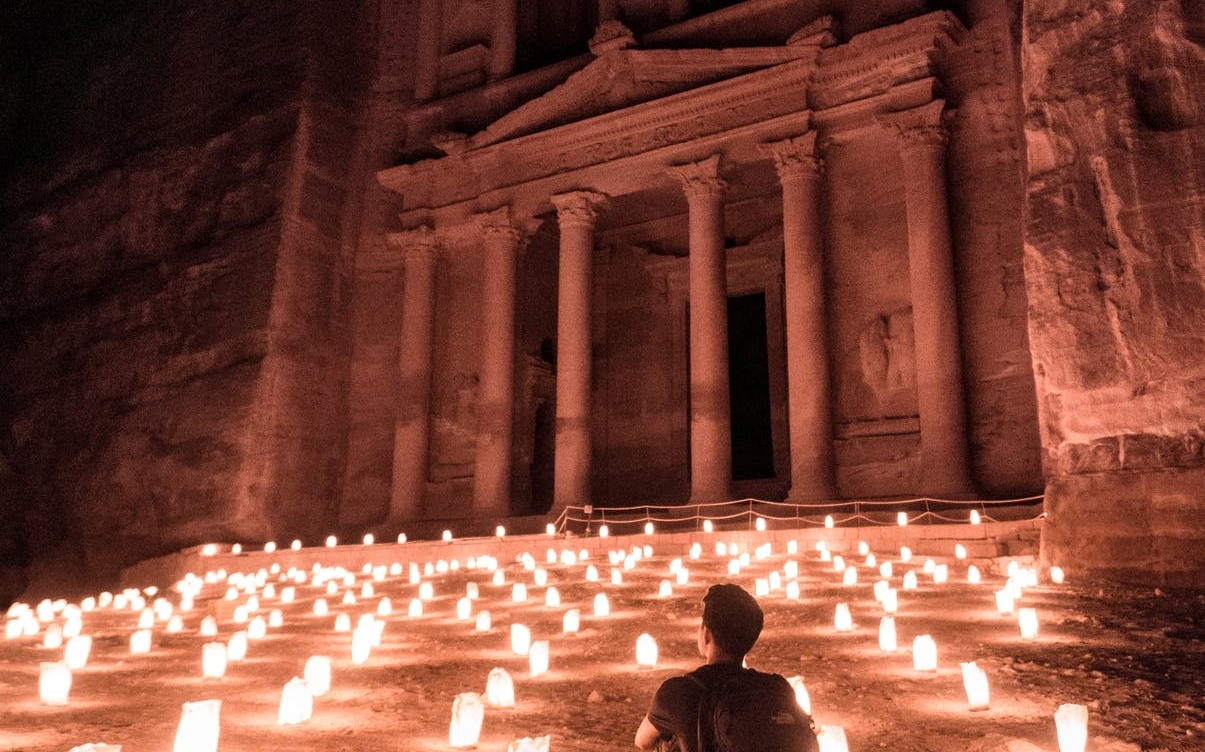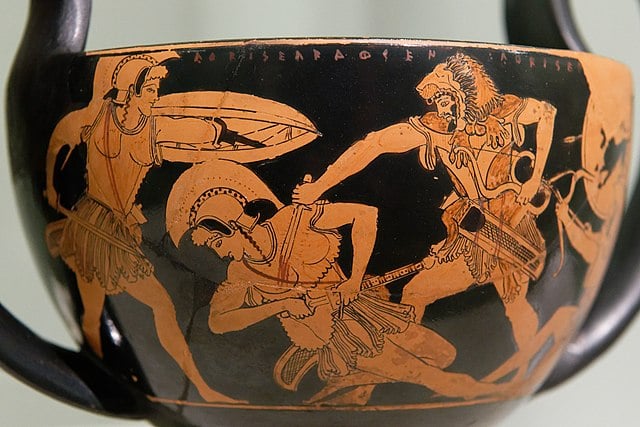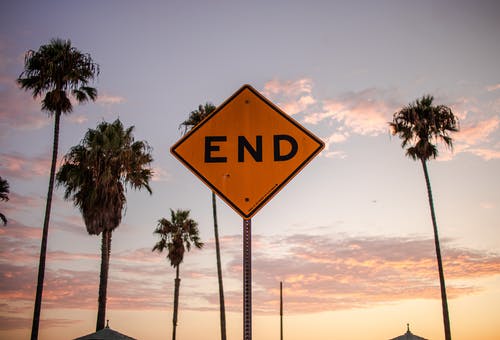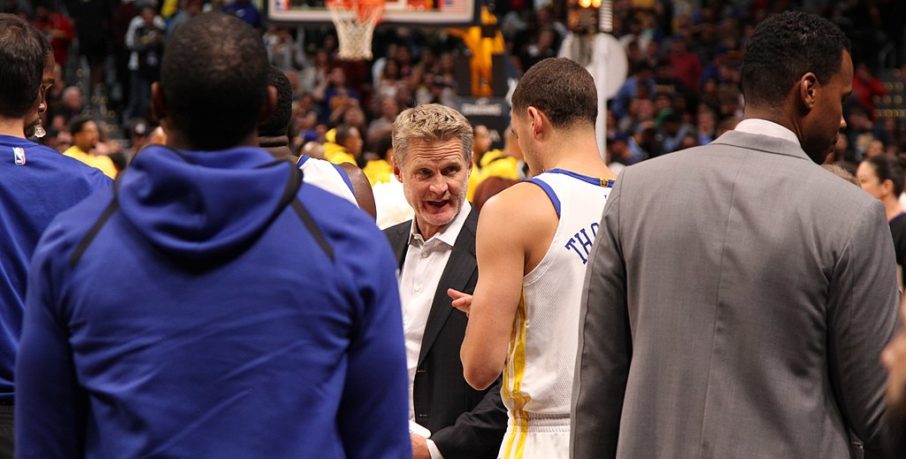Welcome to Part 3 of our series on the Hero’s Journey! Check out Part 1 for an overview of the Journey as a whole, and Part 2 for an in-depth look at its first few steps. In this post, you’ll learn about the meat of any great story—the Hero’s adventure through the “Underworld.”
By now, you’ve learned what the arc of a complete brand story looks like, and looked at a few examples of brands with great story beginnings. Today, we’re going to get into the juicy middle of the brand storytelling process by exploring the next set of steps in the Hero’s Journey—the story beats that take the Hero into and through “the Underworld.”
As we touched on in our first post, the Underworld, also called the “Special World,” is a place where the rules of the Ordinary World no longer apply. In a traditional fantasy story, the Hero may enter the Underworld and find themselves surrounded by literal magic. In a more realistic setting, the Hero might have to learn a new set of customs, morals, or laws in order to get by.
In any case, what worked in the Ordinary World won’t cut it here. The Hero must undergo radical changes, starting with their very first step into the unknown...
Crossing the Threshold
Inspired—or goaded on—by their Mentor, the Hero makes the irreversible decision to leave the Ordinary World behind and enter the Underworld. There is a definite break with the status quo—physical or emotional distance separates the Hero from where they were before.
Idioms like “the die is cast” and “crossing the Rubicon” point to this moment of Crossing the Threshold. From here, the Hero must complete their Journey if they ever want to get back home. There is no turning back.
This is where a story really gets cooking. Harry follows Hagrid out of the Dursley’s temporary home and into the wizarding world; Sarah Connor escapes the Terminator with the help of Kyle Reese; Katniss Everdeen volunteers as tribute. Once the Hero begins their journey into the Underworld, things will never be quite the same.
Example: Ad Council, “Seize the Awkward”
In this quirky spot for its Seize the Awkward campaign, the Ad Council points out a Threshold moment that many viewers are probably familiar with—the awkward silence we run into when we sense something wrong with a friend or loved one, but haven’t yet worked up the courage to talk to them about it.
Here, the Ad Council does an excellent job of acting as a Mentor to its audience of potential Heroes. Going into new emotional territory with someone you care about can be just as scary as leaving home to go on a risky quest—maybe even more so. The Ad Council recognizes this, and gives its Heroes the examples they need to break what was, until recently, one of our culture’s most rigid taboos, namely talking about mental health.
Encouraged by the possibility of success, and reminded of the fact that their loved ones are worth a bit of discomfort, the Ad Council’s audience is empowered to Cross the Threshold into the uncharted regions of difficult conversation. But no one ever said travelling in the Underworld would be easy...
Tests, Allies, Enemies
Armed with new knowledge and a gift or two from the Mentor, the Hero begins exploring their strange new surroundings. As they stumble along, they’ll typically run into a handful of Allies and Enemies. Allies will help the Hero pass Tests of strength, intelligence, or willpower that come up along the way—Enemies will try to prevent them from reaching their goal.
In many films and novels, this step in the Journey can take up a relatively big chunk of the runtime or word count. This section of a story gives the audience a chance to get to know the Hero and their new friends, to see what they’re made out of, and whether they truly deserve to complete their quest. The audience empathizes with the Hero as they go through minor victories and losses on the way towards their Ordeal, and begins to root for them.
Like we mentioned in Part 2, an initial conflict is what provides the forward momentum for a good story. In the same way, the conflict between the Hero’s desires and the challenges standing in their way causes them to learn and grow, becoming a better person through hardship. Woody and Buzz learn how to be friends by surviving the horrors of Sid’s house; Clarice Starling tracks Buffalo Bill with the (debatable) help of Hannibal Lecter; Mickey and Paulie help Rocky train for the fight of his life. Through trial and error, the Hero prepares for the big showdown.
Example: BBC Sport, “Monkey”
This short brand film, released by BBC Sport in the leadup to the 2008 Beijing Olympics, shows how a brand can use messages about Allies united in a common goal to get audiences excited about important moments.
Loosely based on the classic Chinese novel Journey to the West, “Monkey” follows three animal-like adventurers as they band together to deliver the Olympic torch to the Games’ opening ceremony. Like the novel, the short demonstrates how a Hero can unite with new Allies to grow past their limitations and accomplish things they couldn’t do on their own.
Those familiar with the original story, for instance, know that Monkey is sent on his journey as a punishment for earlier prideful behavior. By travelling with Allies Pigsy, Sandy, and Sanzang (omitted from the short), Monkey learns the importance of humility and compassion, and becomes a better person.
The short ends with Monkey lighting the Olympic flame, leaving us in the quiet but tense moments before the Games begin...
Approach the Dragon’s Den
After all the chaos of the Tests, the Hero is granted a moment of calm. They and their Allies may use this time to catch their breath after everything they’ve been through. They may draw up plans for the big challenge that lies ahead of them, and take the opportunity to talk more intimately with their new friends. While the Hero gets some much needed rest, the peace is overshadowed by what’s to come.
An easily missed but important part of a good story, the Approach to the Dragon’s Den gives an audience a chance to collect themselves before the action picks up again, leading to the story’s climax. From a storytelling point of view, this is a great place to generate excitement by outlining and raising the stakes.
Through reflection and discussion, the Hero comes to understand exactly what they have to do to reach their goal—and what they stand to lose if they fail. The Avengers strategize before the final battle with Thanos; Jack and Rose express their love for each other before the Titanic crashes; Quint, Brody, and Hooper tell stories about their scars before the shark returns to ram the boat. The Hero and their Allies approach the heart of the Underworld—the place where the object of their quest is hidden.
Example: Red Bull Space Jump
The video documenting Felix Baumgartner’s record-breaking free fall took the world by storm when it was first released back in 2012, and with good reason—the film does an excellent job of building anticipation before delivering the payoff in Baumgartner’s jump.
In this 90-second clip, only the last 30 seconds are dedicated to the jump itself. A full minute of footage focuses purely on Baumgartner’s Approach to his own personal Dragon’s Den. We sit with the stuntman as he rises slowly into the air, preparing to fall farther than any human ever has before.
Just when the tension can’t be sustained any longer, we see Baumgarner step out onto the edge of his capsule. He takes a moment, then tips forward to face the biggest challenge of his life…
The Ordeal
This is it. The big showdown. The moment of truth. Whatever the genre, in whatever form it takes, the Hero has come face to face with their Ordeal, and must rely on everything they’ve learned so far to make it through to the other side.
From a structural point of view (though rarely in terms of runtime or pagecount), the Ordeal marks the “midpoint” of the Hero’s Journey—the halfway mark where the descent into the Underworld ends, and the difficult return back to the Ordinary World begins.
The Ordeal is the most difficult thing the Hero has ever had to do. What that means will vary wildly from one story to the next. In an epic fantasy or sci-fi film, we might expect a massive battle with lots of special effects. In a romantic comedy, we can look for the moment when a reluctant Hero confesses their love, after trying to repress it for so long. Simba duels Scar for his place on Pride Rock; Harry and Sally finally spend the night together; Furiosa and Max race back to the Citadel.
What happens around the Hero is less important than what’s going on inside of them—win or lose, facing the Ordeal causes a shift in the Hero’s heart, breaking old patterns of behavior and changing them in some meaningful way.
Example: Apple, “1984”
You knew this one was coming!
Apple’s famous “1984” spot frequently finds its way onto lists of the top advertisements of all time, and it’s easy to see why. More than any other ad made to date, this one-minute clip captures the sense of how an entire world can change in an instant, as the result of rebellious actions taken by a single, strong-willed person.
In this way, the spot perfectly portrays the Ordeal that Apple customers are called to face when they take on the brand’s challenge to “Think Different,” as expressed in later marketing campaigns. As a Mentor, Apple urges its Heroes to push the boundaries of what can be done with personal computers, smartphones, etc. The implied Ordeal is a battle with mediocrity—a fight for color and variety against drabness and uniformity.
By throwing her hammer, the athlete we see running through the halls has reached the midpoint of her Hero’s Journey. Through her actions, she has claimed something that will change her world forever...
Seizing the Treasure
Having made it through the Ordeal (though maybe a bit worse for wear), the Hero finally obtains what they set out to find. This might be something physical, like a weapon or a tool. It can also be something more abstract, like a crucial piece of knowledge or an emotional insight. Regardless, in some way the Hero has earned a reward for their efforts, and must now take that Treasure back home to share with the community they left behind.
Like the Ordeal, the Treasure will take different forms depending on genre, characters, tone, etc. Odysseus gains passage back to his home; Stitch realizes how deeply he wants to be part of a family, and goes off to rescue Lilo; Rick watches Victor and Ilsa fly safely away from Casablanca. The Hero has what they needed to find, and now they turn back to correct the imbalance in the Ordinary World.
Example: Saga, “Dare”
This ad for women’s fashion brand Saga, we see a number of women overcome various kinds of Ordeals to Seize the Treasure on the other side of their fears. A female executive storms the board room; a young girl gets to play in the surf; a dancer takes center stage.
What all of these characters have in common is the confidence they’ve gained by stepping out of their comfort zones. This is their reward for doing what they thought was impossible—for taking on an incredible personal challenge, and overcoming it. Like the woman who comes face to face with a wolf, these Heroes learn that the fears holding them back were ultimately little more than smoke. They will carry that new insight and power with them as they move forward into the next phase of their stories…
Thanks for reading Part 3! In our final post in this series, we’ll cover the last few steps of the Hero’s Journey, and learn how brands can bring their own stories to a satisfying conclusion that leaves audiences wanting more.




